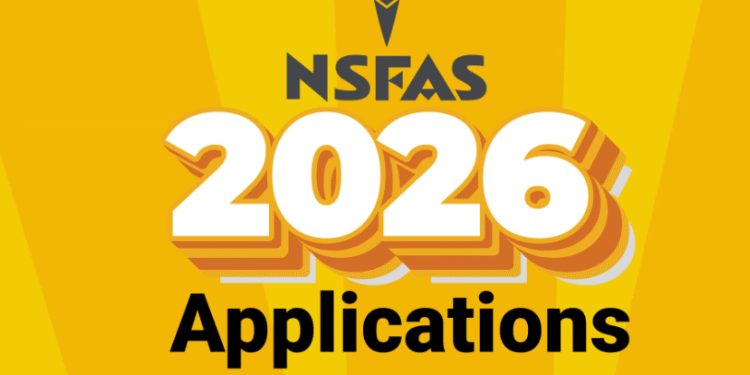The National Student Financial Aid Scheme (NSFAS) gives financial help to eligible students in South Africa who cannot pay for their studies. The NSFAS application and registration portal lets students sign up, log in, and submit their funding applications. This article explains how to use the portal well, how the NSFAS student loan and bursary work, and things to know about login, password, and eligibility for NSFAS.
What is NSFAS
NSFAS is a scheme created by the South African government under the Department of Higher Education and Training. It provides financial assistance in the form of student loans and bursaries to students from low-income households. Students use the NSFAS registration portal to apply each year, or renew their funding.
NSFAS covers students at public universities and Technical and Vocational Education and Training (TVET) colleges.
Key Terms to Know
NSFAS student loan: A loan component of NSFAS for those whose household income sits between certain thresholds. The loan may need to be repaid later.
Advertisement
NSFAS bursary: Part of the funding that does not require repayment, for students from very low-income households.
Login and password: Once you register on the NSFAS portal, you get login credentials. You will need those to access your profile, track application status, submit documents, or update information.
Who Qualifies for NSFAS Funding?
You qualify for NSFAS when you meet the NSFAS application requirements:
- You are a South African citizen or permanent resident.
- Your household income is not more than R350 000 per year. If you live with a disability, the income threshold may be higher (e.g. up to R600 000).
FinAid Stellenbosch - You passed matric (Grade 12) and you plan to study at a public university or TVET college.
- You have not already completed a qualification of the same level (for example, you are not applying for a second undergraduate degree if you already have one).
When to Apply for 2026 NSFAS
The application for NSFAS 2026 opens around September or October 2025, and closes later in the year (often December or January) depending on announcements.
Government of South Africa
Make sure you apply early to avoid missing the deadline.
How to Register on the NSFAS Portal
Here are the steps students follow when they use the NSFAS registration portal and complete the application:
- Visit the official NSFAS website and go to the myNSFAS or Apply section.
- Create a profile by giving your personal details (name, ID number, contact info). Choose a password, set up a secure login.
- Upload required documents. These often include certified ID, proof of household income, proof of residence, matric certificate, and sometimes special forms if you have a disability.
- Submit the application. Once submitted, you can use your login to track status, see if more documents are needed, or if your application is approved.
What Happens After You Apply
After you submit your NSFAS application:
The portal will show your application status.
If it requires extra documents or verification, NSFAS or your institution will request them.
If approved, NSFAS will send funding according to guidelines (tuition, allowances, accommodation).
If you received a bursary or loan, you must meet academic requirements and pass modules to continue receiving funding.
NSFAS Login and Password Tips
Pick a password you can remember but others cannot guess.
Keep your login details safe; avoid sharing them.
If you forget your password, use the portal reset option (often via email or SMS).
Check your NSFAS account regularly so you see any messages or updates.
Common NSFAS Application Mistakes to Avoid
Missing the deadline for the NSFAS application.
Submitting incomplete or unreadable documents.
Using wrong or old login credentials.
Forgetting to check whether your household income fits the criteria.
Conclusion
The NSFAS registration portal gives students a way to access funding for higher education in South Africa. When you complete your NSFAS application with the correct documents, secure your login and password, and apply on time, you improve your chances of success. For 2026, keep your eyes on official updates so you meet all requirements.



